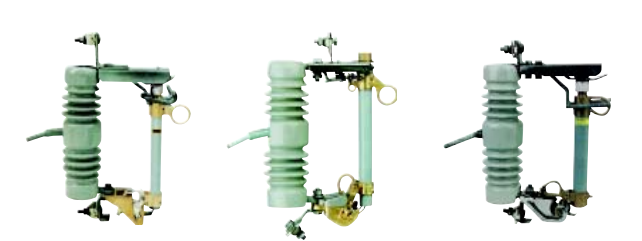Lightning Arrester: An Essential Electrical Protection Device
A lightning arrester, also known as a surge arrester, is a critical protective component in electrical power systems and electronic circuits. Its core function is to divert abnormal high-voltage surges—such as those caused by lightning strikes or equipment malfunctions—away from sensitive devices and safely into the ground, preventing damage or breakdowns.
Constructed with key materials, lightning arresters typically consist of a non-linear resistor (often made of metal oxide, like zinc oxide), two electrodes, and an insulating housing. The non-linear resistor is the heart of the device: it has extremely high resistance under normal operating voltages, ensuring no unnecessary current flow and keeping the power system stable. However, when a dangerous surge voltage occurs, its resistance drops sharply, creating a low-resistance path for the surge current to bypass connected equipment and discharge to the earth.
Lightning arresters are widely used across various scenarios. In power grids, they protect transformers, transmission lines, and substations from lightning-induced surges. In residential and commercial buildings, smaller arresters safeguard household appliances, HVAC systems, and communication equipment. Even in industrial settings, they shield precision machinery and control systems from voltage spikes that could disrupt production.
Modern lightning arresters, especially metal oxide variants, offer advantages like compact size, no need for regular maintenance, and wide voltage compatibility. Unlike older gap-type arresters, they respond faster to surges, providing more reliable protection. Proper installation—including secure grounding and matching voltage ratings—is crucial to ensure the arrester functions effectively, making it an indispensable safeguard for maintaining the reliability and safety of electrical infrastructure.
Post time: Oct-07-2025


